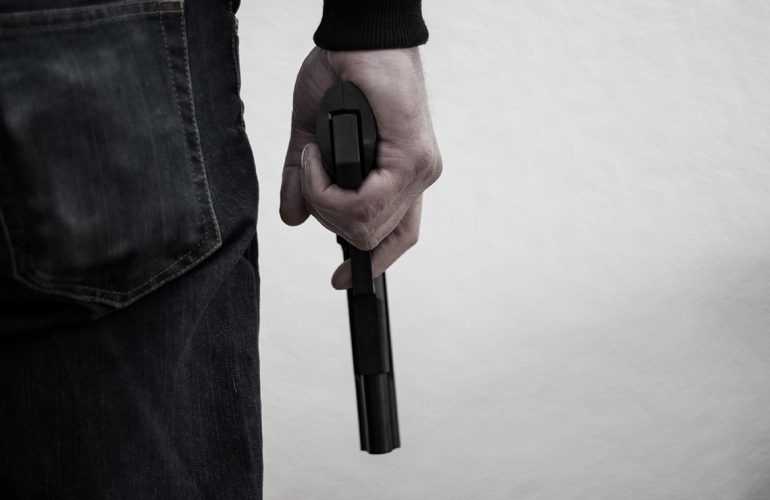Although Homeland Security provided “Run, Hide, Fight” as a training drill during an active shooter event, the industry came to realize that it wasn’t as ideal as it could be. While this response is more appropriate for other social settings like malls and music or sports venues, it isn’t realistic that healthcare professionals would run away from their elderly residents and leave them to be victimized. That’s why a new approach has been developed, specifically for healthcare settings, like hospitals, nursing homes and assisted living communities. It’s the new “Secure, Preserve, Fight” response.
An Unfortunate Fact
Active shooter incidents are on the rise in the United States. It seems like every few weeks, there is another active shooting incident somewhere in the country. FBI data show that 250 active shooter events took place between 2000 and 2017. That’s roughly 14 to 15 active shootings per year. During this time, almost 800 were killed and almost 1,500 wounded. “Secure, Preserve, Fight” can be an effective, alternative method of responding to active shooters in healthcare settings.
Why the Healthcare Environment is Different
Active shooter incidents in healthcare settings are different from those that take place in schools, shopping malls or some type of commercial business environment. The active shooter’s motives are more personal, targeted and focused in health care. It is also more difficult to provide needed security. Beyond this, healthcare professionals feel compelled to stay with their residents and most likely will not leave them alone or behind. Some residents would die without life support. Certain areas of the care community are not easy to evacuate due to elevators and multiple stories or floors.
Introducing “Secure, Preserve, Fight”
This concept was introduced by K. Inaba and colleagues in an article featured in the New England Journal of Medicine entitled “Active Shooter Response at a Health Care Facility”. In this article, they state that the “Secure, Preserve, Fight” approach is better suited for healthcare settings than is the Homeland Security model “Run, Hide, Fight”.
The best way to get this new approach implemented in a care setting is to make sure that all leadership in on board with it. Developing accurate facility floor plans for response planning, training and execution is important. Use a checklist to stay on track. It is also important to identify major entrance and exit points throughout the facility. Identify pathways an active shooter may take and provide options for people to evacuate. Likewise, identify places that cannot be easily evacuated. Train the staff on target hardening and resilience building in areas that cannot be evacuated to reduce harm to residents, caregivers and visitors.
Integrate local police, fire professionals and emergency responders with your own internal emergency personnel in both training and planning. Identify internal and external rally points where employees and others can meet for accounting and redeploying. Develop communication procedures with local law enforcement and emergency responders. Clarify public address announcement statements for both when the event is taking place and when there is an “all clear”.
Another important area of training involves severe bleeding control. Most active shooter or stabbing events last less than ten minutes and it may take first responders longer to get to the care community. While victims can bleed out in 3 to 5 minutes, the majority with extreme bleeding can be saved. Staff need to be trained on severe bleeding control of injuries that either they or someone else sustains. Bleeding control kits should be located where they can be easily obtained and used within 3 minutes of bleeding. These kits can save lives.

